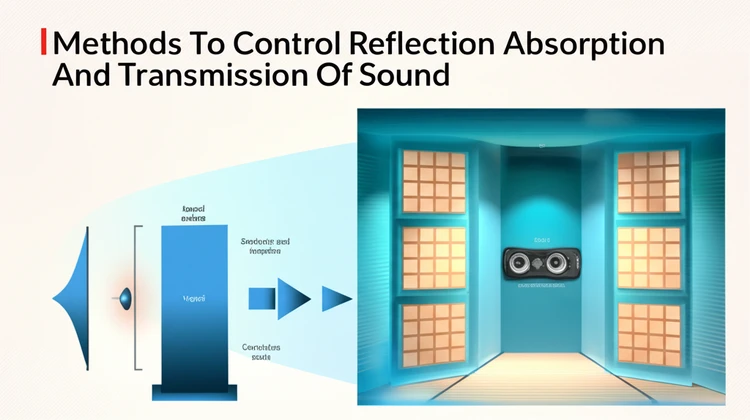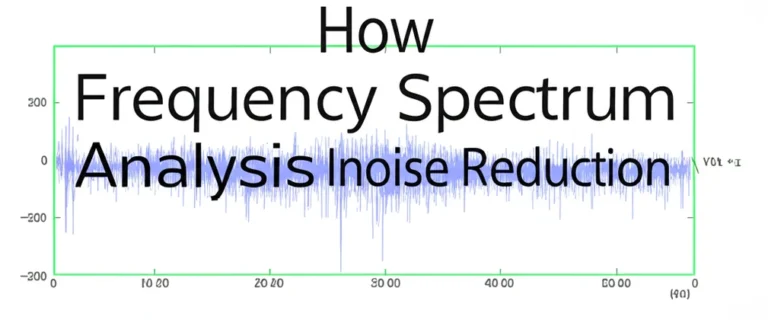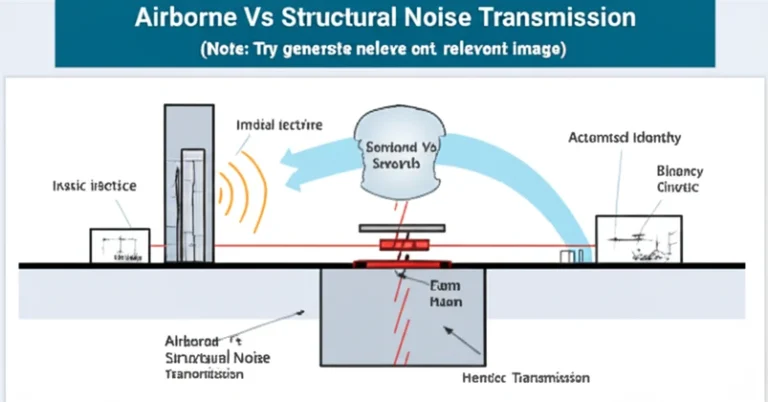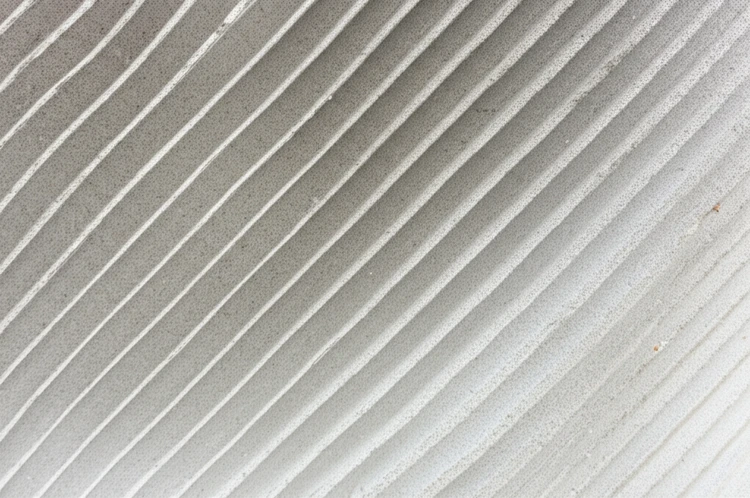
Mastering the acoustics of your space starts with understanding how sound behaves. Whether you’re designing a home studio, quieting a busy office, or enhancing your living area, controlling reflection, absorption, and transmission of sound is key to achieving the perfect audio environment.
In this guide, we’ll dive into effective methods to manage how sound waves bounce, soak in, or pass through your surroundings. Discover practical techniques and expert tips to fine-tune your space for clarity, comfort, and peace tailored to your unique needs!
Reflection of Sound: Causes, Effects, and Control
Sound reflection occurs when sound waves encounter a surface and bounce back into the space.
This phenomenon, while natural, can lead to acoustic issues like echoes and reverberation, diminishing sound clarity and creating an unbalanced acoustic environment. The extent of reflection is determined by the sound reflection coefficient of the material, a value indicating the proportion of sound energy reflected.
Common Causes of Sound Reflection
- Hard Surfaces: Dense, non-porous materials such as concrete, glass, and metal have high reflection coefficients, effectively bouncing back a significant portion of the incident sound energy.
- Room Design: Large, flat, and parallel surfaces can amplify reflections, creating standing waves and exacerbating acoustic problems. Concave surfaces can focus sound, leading to uneven sound distribution.
Negative Impacts of Excessive Reflection
- Echoes: Distinct, delayed reflections of a sound, perceived as a separate repetition of the original sound.
- Reverberation: The persistence of sound in a space after the original sound source has stopped, caused by multiple reflections.
Excessive reverberation can blur sound and reduce speech intelligibility.
- Reduced Clarity: Overlapping sound waves from reflections interfere with the direct sound, making it difficult to distinguish individual sounds or understand speech.
Methods to Control Sound Reflection
Effective management of sound reflection involves using strategies that either scatter or absorb sound waves.
Diffusion Panels
Diffusion panels are designed with irregular surfaces to scatter sound waves in different directions, minimizing focused reflections and creating a more diffuse sound field. This improves sound clarity and creates a more natural listening experience.
- Applications: Music studios, recording rooms, home theaters, auditoriums.
Acoustic Panels (Absorption)
Acoustic panels are designed to absorb a portion of the incident sound energy, reducing reflections and controlling reverberation. Different types of acoustic panels exist, including porous absorbers (like foam and fiberglass), resonant absorbers (like Helmholtz resonators), and membrane absorbers.
Each type targets different frequency ranges.
- Applications: Offices, conference rooms, classrooms, home theaters, restaurants.
Carpets and Rugs
Soft, porous materials like carpets and rugs can absorb a portion of sound energy, particularly in the mid and high-frequency ranges. While not as effective as dedicated acoustic treatments, they can contribute to a more pleasant acoustic environment.
- Applications: Residential spaces, libraries, hallways.
Absorption of Sound: Mechanisms and Benefits
Sound absorption is the process by which sound energy is converted into other forms of energy, primarily heat, when sound waves interact with a material. This reduces the amount of sound reflected back into the space.
The effectiveness of a material in absorbing sound is quantified by its absorption coefficient, which varies with frequency. The Noise Reduction Coefficient (NRC) is a single-number rating that represents the average absorption across several frequencies.
Benefits of Sound Absorption
- Reduces Echo and Reverberation: By minimizing reflected sound energy, absorption controls reverberation time and eliminates unwanted echoes.
- Improves Speech Intelligibility: Reduced reverberation leads to clearer sound, making it easier to understand speech and appreciate music.
- Enhances Privacy: Absorbing sound within a room prevents it from leaking into adjacent spaces, increasing privacy.
Absorptive Materials
- Acoustic Foam: Open-cell foam is a lightweight, porous material effective at absorbing mid and high-frequency sounds. Different foam shapes and thicknesses provide varying absorption characteristics.
- Fiberglass Insulation: Dense fiberglass insulation provides broad-spectrum sound absorption and is often used in wall cavities and ceilings.
- Heavy Fabrics: Thick curtains, drapes, and upholstered furniture can contribute to sound absorption, particularly at higher frequencies.
Techniques for Effective Sound Absorption
Use of Porous Materials
Porous absorbers work by allowing sound waves to enter their interconnected air spaces.
Friction within these spaces converts sound energy into heat. The thickness and density of the porous material determine its absorption characteristics.
- Applications: Recording studios, vocal booths, offices, home theaters.
Installing Bass Traps
Low-frequency sounds are more challenging to absorb than higher frequencies. Bass traps, typically thicker and denser than standard acoustic panels, are designed to effectively absorb low-frequency energy, improving bass response and reducing unwanted room modes.
- Applications: Home theaters, dedicated listening rooms, recording studios.
Transmission of Sound: Challenges and Solutions
Sound transmission refers to the passage of sound waves through a material, such as a wall, floor, or ceiling, from one space to another. This can lead to noise leakage and disruption. The Sound Transmission Class (STC) is a numerical rating that indicates how effectively a building partition reduces airborne sound wave propagation. Higher STC ratings represent better sound insulation.
Problems Caused by Sound Transmission
- Noise Leakage: Unwanted sound transmission between rooms compromises privacy and can be disturbing.
- Disruption: External noise entering a space can interfere with activities, reduce concentration, and disrupt sleep.
Factors Affecting Sound Transmission
- Material Density and Thickness: Denser and thicker materials generally provide better sound insulation.
- Presence of Gaps or Structural Weaknesses: Even small gaps or cracks can significantly compromise sound insulation.
Methods to Minimize Sound Transmission
Mass-Loaded Barriers
Mass-loaded vinyl (MLV) is a dense, flexible material that effectively blocks sound transmission.
It is often used in conjunction with other materials to improve the STC of walls, floors, and ceilings.
- Applications: Partition walls, ceilings, floors, machinery enclosures.
Sealing Gaps
Properly sealing any gaps or cracks in walls, floors, ceilings, doors, and windows is essential for effective sound insulation. Acoustic sealants and weatherstripping are commonly used to achieve airtight seals.
- Applications: Doors, windows, electrical outlets, plumbing penetrations.
Decoupling Structures
Decoupling involves creating a break in the structural connection between two surfaces to reduce the transmission of vibrations and sound. Methods include resilient channels, staggered studs, and spring isolators.
- Applications: Walls, ceilings, floors.
Integrating Techniques for Comprehensive Control
Achieving optimal sound control typically involves a combination of methods targeting reflection, absorption, and transmission.
A holistic approach considers the specific needs of the space and addresses all pathways of sound wave propagation.
Combining Methods
A well-designed sound control plan often incorporates a mix of absorptive materials, diffusers, and sound blocking techniques to address different acoustic challenges.
Prioritizing Problem Areas
Identifying and addressing key areas of noise leakage or excessive reflection is crucial. This often involves focusing on doors, windows, and shared walls.
Customizing Solutions
The most effective sound control strategies are tailored to the specific function of the space and the nature of the noise issues. A home theater, for instance, requires different treatments than an open-plan office.
FAQ
How do diffusion panels reduce sound reflection?
Diffusion panels scatter sound waves evenly across a room, preventing strong, focused reflections that can cause echoes and muddy sound.
This diffusion creates a more natural and balanced acoustic environment.
What is the difference between sound absorption and transmission?
Sound absorption reduces sound energy within a space by converting it into heat, while sound transmission refers to sound passing through a material to another area. Absorption controls the sound within a room, while blocking transmission prevents sound from entering or leaving.
Can sustainable materials provide effective soundproofing?
Yes, several sustainable materials offer good sound control properties. Examples include recycled denim insulation, cork, sheep’s wool, and cellulose insulation.
These materials can provide comparable performance to traditional options while minimizing environmental impact.
What is the typical cost of soundproofing a room?
The cost of soundproofing varies widely based on the size of the room, the materials used, and the complexity of the project. A basic DIY project using acoustic panels might cost a few hundred dollars, while a professional installation for a dedicated home theater could run into thousands. Factors such as decoupling walls or ceilings will add significantly to the cost.
Can I measure sound levels myself?
Yes, you can measure sound levels using a sound level meter, readily available online or at electronics stores.
These devices measure sound pressure levels in decibels (dB), allowing you to identify noise sources and evaluate the effectiveness of sound control treatments.
Conclusion
Controlling sound reflection, absorption, and transmission is paramount for creating acoustically comfortable, productive, and private environments. By understanding the principles of sound behavior and implementing the appropriate methods, you can transform any space into a quieter, more harmonious, and functional area. Whether minimizing noise leakage in a home office, optimizing the acoustics of a recording studio, or simply enjoying a better movie experience in your home theater, effectively managing sound creates a noticeable improvement in quality of life and work.
By carefully selecting and combining techniques such as acoustic panels, diffusion panels, mass-loaded barriers, and decoupling methods, you can tailor sound control solutions to the unique requirements of any residential, commercial, or industrial space.






